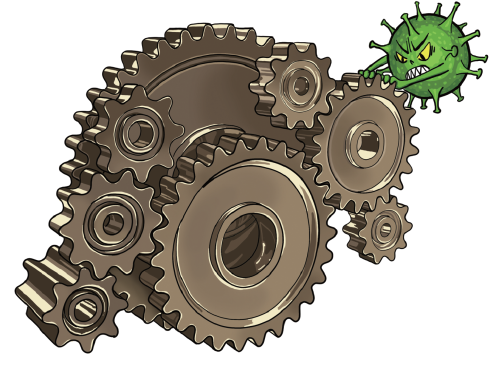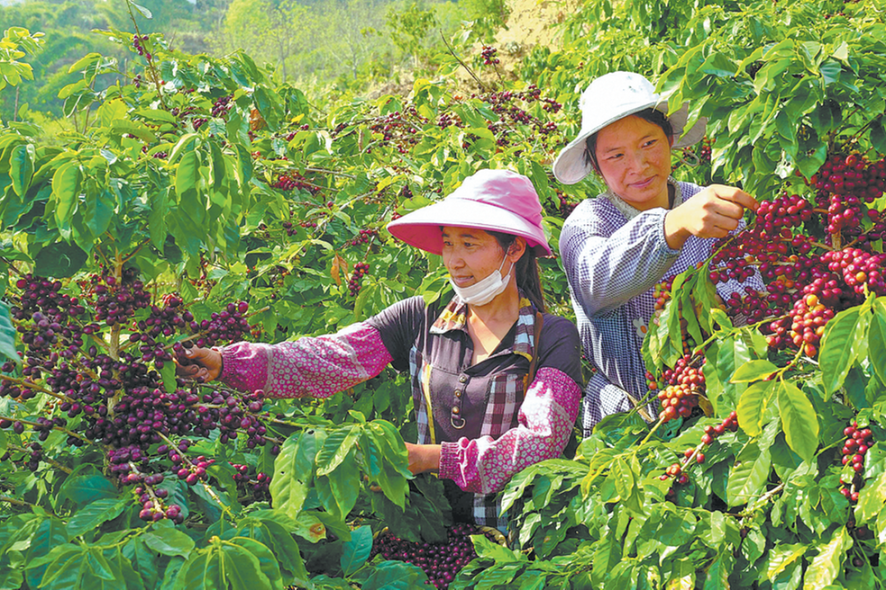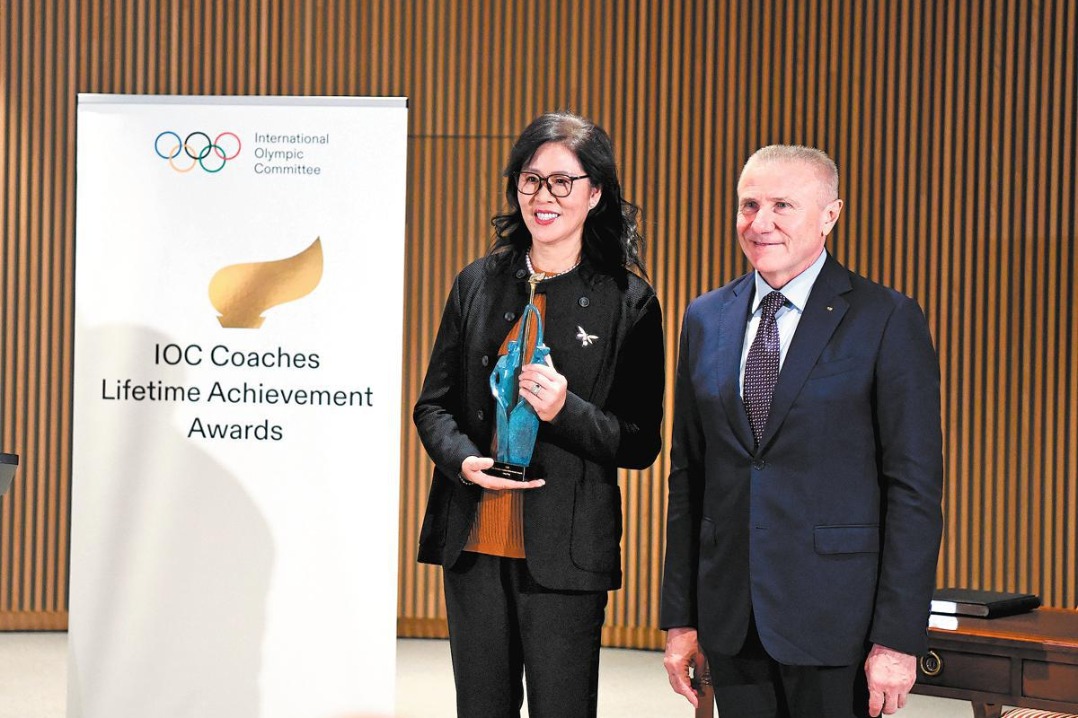Shock therapy
By XU BIN | China Daily Global | Updated: 2020-04-08 08:59

The novel coronavirus is sweeping around the world. Families, enterprises and governments have been caught off guard by the outbreak, and as a result, its impact has been immense.
The pandemic has put a halt to economic activities within a short time, sparking global panic. During the 10 years since the end of the global financial crisis, China has seen average annual GDP growth of 6.9 percent, India 5.6 percent, the United States 1.5 percent, Europe 1.3 percent, Japan 1.2 percent and the world average is 1.6 percent. The US has witnessed a record long period of prosperity, which lasted for 128 months from June 2009, with its stock market on the rise for a decade.
The recession appears to be the market's response to the pandemic, but in fact it is the result of the contradictions accumulated over the past decade. The economic cycle has reached its peak after going up for a decade, and inevitably it has started to move downward. The pandemic is probably the last straw that broke the camel's back.
Statistics show China's foreign trade volume has dropped 9.6 percent year-on-year from January to February, with imports down 15.9 percent and exports down 2.4 percent. The Chinese economy took off by riding the wave of globalization and integrating into the global economic system. With the growing trend of de-globalization, the Chinese economy has become increasingly less reliant on foreign trade over the past more than a decade. At the point when the trade conflict broke out between China and the US, the country's dependence on foreign trade had fallen to a low level.
As part of the global supply chain, China mainly manufactures precision instruments, machinery, automobiles, and communication equipment, among other things. According to data released by United Nations Conference on Trade and Development, China exported 12.3 percent and imported 14.5 percent of the world's intermediate products in 2017. In 2018, the added value contributed by foreign countries in Chinese exports and the added value contributed by China in foreign exports accounted for 11.4 percent of the world's total. The figures show that "Made in China" takes up less than 15 percent in the global value chain, not a high proportion.
When China was admitted to the World Trade Organization in 2001, it was not yet a major node in the global supply chain, taking up only 4.5 percent in global value chain. That explained the limited impact the severe acute respiratory syndrome (SARS) outbreak exerted on the global economy in 2003. But today, its share has increased to 15 percent, which is much higher than 4.5 percent, and given the multiplier effect, the pandemic's impact on the global supply chain is over 10 times greater than that of SARS.
To sum up, the pandemic will greatly shock the global value chain. But China will not suffer badly in the short term as it has moved out some parts of the supply chain amid the de-globalization period and China-US trade conflict. But its share of 15 percent in global value chain is expected to further drop in the longer term.
To predict the long-term trajectory of the Chinese economy, we need to look at the economy itself. On the one side, it depends on the country's resources and endowment, such as human resources and technology innovation capacity; on the other side, it depends on the higher efficiency brought by supply-side structural reform. Under the supply-side structural reform, policies are adopted to realize long-term effects, rather than in response to immediate crisis. The supply-side structural reform essentially aims to unleash the vitality of the Chinese economy and stimulate the creativity of the Chinese people.
Some mid-and low-end industries that should have already been moved out of China have remained due to inertness of many enterprises. The epidemic will force China to upgrade its economy.
In response to a crisis, usually a country first launches emergency response mechanism, and then escalates it to "wartime" mode when necessary. Regarding macroeconomic policies adopted to cope with a crisis, Keynesianism is turned to amid moderate recession, while negative interest rates and quantitative easing are used for a big recession or depression. As a socialist country, China has a powerful government, and should do better in responding to an emergency.
To maintain medium-and long-term development, China should continue the reform and opening-up implemented during the past four decades and improve its market economy under the rule of law. As did the China-US trade conflict, the epidemic could drive forward some difficult reforms. The halt of economic activities is a bad thing, but on the bright side, it can serve as a pressure test that gauges the efficiency of different economic sectors, detecting deficiencies and eliminating the redundant.
Whether it be supply-side structural reform or improvement of the national governance system, the goal is to increase efficiency. The pandemic is a test for all countries, which exposes the strengths and weaknesses of the government of a nation and the quality of a nation's people. The Chinese government should push through overdue fundamental reforms to lay a solid foundation for long-term peace and prosperity of the nation.
The author is a professor of Economics and Finance and the associate dean (research) at the China-Europe International Business School. The author contributed this article to China Watch, a think tank powered by China Daily. The views do not necessarily reflect those of China Daily.
























